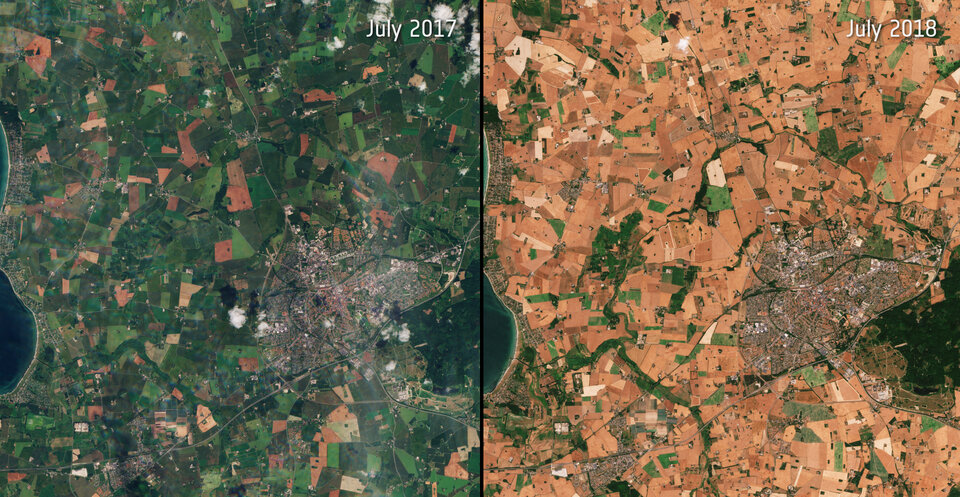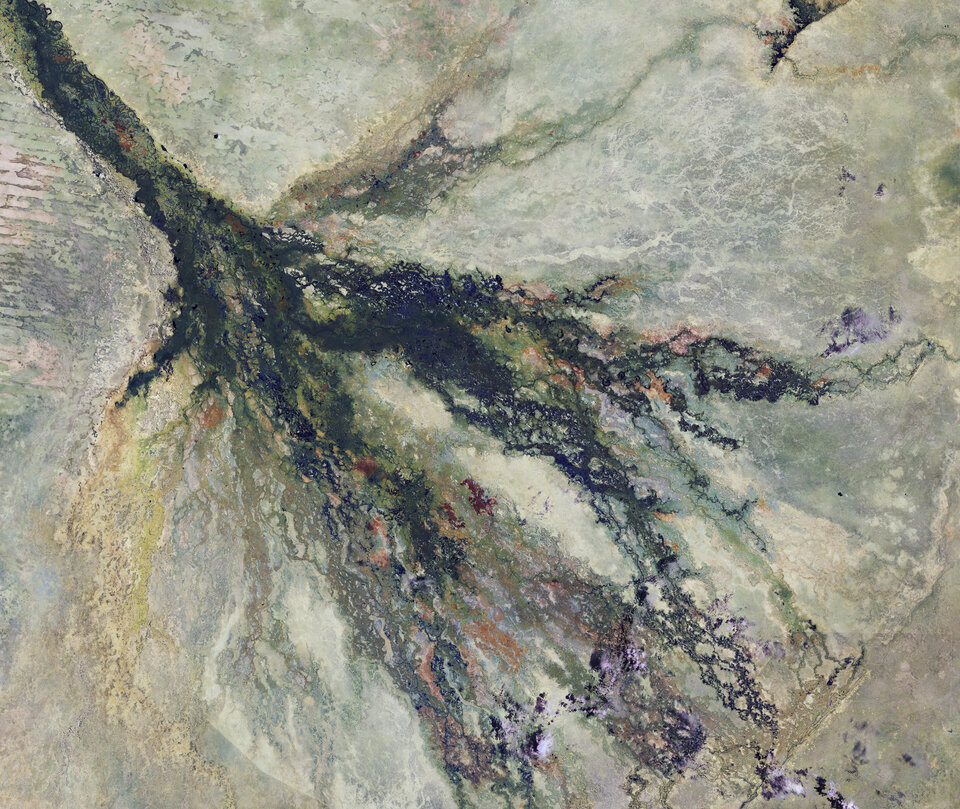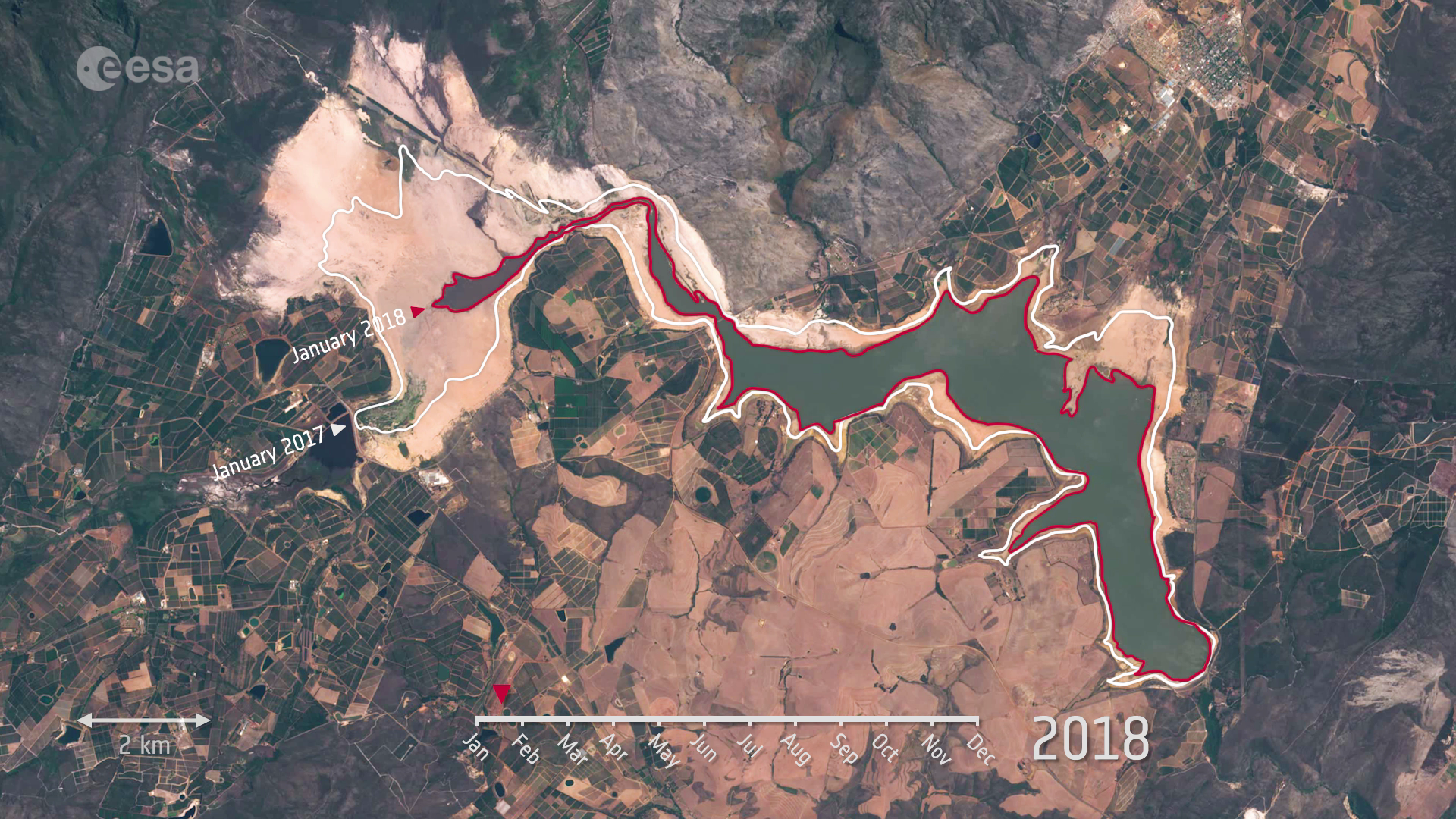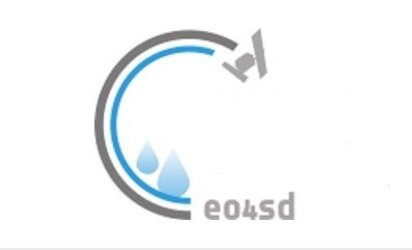World Water Week: ESA's role in easing water scarcity
Water is crucial to life on Earth. But today, its overexploitation and pollution present challenges for the environment, economies and global living standards. These issues are addressed by the United Nations’ Sustainable Development Goals (SDGs) and the annual World Water Week, which runs from 26–31 August 2018 in Stockholm.
World Water Week provides an ideal opportunity for thousands of participants from academia, industry and government to exchange ideas on this year’s theme of “water, ecosystems and human development”. Organised by the Stockholm International Water Institute, the week-long forum promotes collaborative action to help solve the looming water crisis. The event takes place as Europe recovers from an exceptionally dry and hot summer, which caused a drought in northern countries such as Sweden and Denmark.

As a participant at the conference, the European Space Agency (ESA) is co-convening a session on the use of Big Data and Earth observation for the monitoring of SDG 6 (Clean water and sanitation). ESA recognises the urgency of the water-related Sustainable Development Goals.
Water scarcity affects more than 40 percent of the world’s population, and one in four people is likely to live in a country suffering from chronic or recurring shortages of fresh water by 2050 due to climate change and other causes, according to the United Nations. The World Economic Forum’s Global Risks Report 2018 cites water crises as posing one of the five biggest risks to society.
“World Water Week is the ideal occasion to share information about an increasingly scarce resource while we continue working with our satellite data users to develop sustainable water-use practices through innovative projects,” says Benjamin Koetz, a scientist who develops new applications for ESA’s Earth Observation Programme directorate.
Satellites are an essential tool to map and monitor bodies of water from space. Optical and radar instruments can identify changes in area, and spectrometers measure water quality by applying algorithms to the colour of water. ESA’s Soil Moisture and Ocean Salinity (SMOS) mission also maps soil moisture as a means of providing an early-warning system for droughts and extreme weather events.
Responding to the pressing need for water information in African countries, ESA’s TIGER and Earth Observation for Sustainable Development (EO4SD) initiatives are supporting national and cross-border water authorities in using satellite data to manage water supplies.
For TIGER, South Africa’s Stellenbosch University applies machine-learning software to data from the Copernicus Sentinel-1 and Sentinel-2 missions to monitor water levels in the Theewaterskloof Dam, a major water source for the Western Cape region, which includes the city of Cape Town.
ESA has released its first comprehensive database listing activities undertaken by the Agency and its service providers to make the Sustainable Development Goals a reality. Among these activities is the Grey Water Recycling System, operated at the Concordia base in Antarctica. Water previously used for washing or cooking is recycled in a multistep process involving ceramic honeycomb peppered with holes 700 times finer than a strand of human hair, followed by a pair of membranes that yield clean water. The project addresses four SDGs and is overseen by ESA’s Human and Robotic Exploration (HRE) directorate. The same kind of technologies were applied in a university in Morocco to provide fresh water and energy to 1200 students, from groundwater rich in nitrates and fertiliser and with solar and wind energy.

GlobWetland is another example of ESA’s contribution to the SDGs. This project includes the development of a Global Wetlands Observing System and the use of satellite-based information to measure the ecological state of wetlands in Africa. Wetlands are vital to Earth’s ecosystems and biological diversity, on which countless species of plants and animals depend for their survival.
The project will also prepare for the exploitation of the forthcoming Sentinel satellites of the Copernicus programme. In particular, the Sentinel-2 mission will provide systematic optical observations of all terrestrial and coastal zones. GlobWetland is part of an effort to meet the obligations of the intergovernmental Ramsar Convention on Wetlands, which came into force in 1975. The project directly addresses SDG 15 (Life on Land), in addition to SDG 6.
These are just a few of the ESA projects that are helping to conserve water and fulfil the related SDGs. Other activities in the areas of wastewater treatment, water use for agriculture, and water recovery from organic waste are also contributing to reducing water scarcity.
“The wide range of ESA projects targeting the SDGs highlights the great potential of space technology to help resolve a variety of water issues in different sectors,” Koetz says. “ESA’s commitment in this area supports the broader effort to address the water crisis on multiple fronts, partnering with international stakeholders such as UN Environment, UNESCO and the World Bank.”
ESA satellite data provides a constant reminder that water is a precious commodity here on Earth. By assisting water authorities, UN agencies, development banks and scientists to identify potential trouble spots, ESA helps to mitigate the effects of climate change while striving to achieve the Sustainable Development Goals.









